The preservation of fossil sites is a critical, yet incredibly challenging, aspect of dinosaur conservation. These locations represent invaluable windows into the past, holding the remains of ancient creatures and providing crucial geological context. Unfortunately, many sites are threatened by erosion, human development, looting, and even natural disasters. Traditional methods of documenting these sites, like photography and sketching, simply cannot fully capture the intricate three-dimensional details necessary for understanding and future research. We are losing these irreplaceable records at an alarming rate.
Fortunately, technological advancements are offering innovative solutions. Emerging techniques, particularly those utilizing 3D scanning, are providing a powerful new tool to digitally replicate and safeguard these sites, allowing researchers and future generations to experience and analyze them with unprecedented accuracy. The ability to create a virtual replica offers a layer of protection, fostering collaboration and extending the lifespan of sites while safeguarding their scientific value.
The Limitations of Traditional Documentation
Historically, paleontologists relied heavily on photography and hand-drawn maps to document fossil sites. While these methods provide some information, they invariably lack the nuanced detail required for comprehensive reconstruction and analysis. Photographs, though valuable, flatten the three-dimensional environment, obscuring subtle features and spatial relationships. Similarly, hand-drawn maps are prone to human error and can’t accurately represent the complex topography and layering of the site. This is especially problematic in sites with unstable ground or significant erosion.
The limitations become even more pronounced when considering complex articulated skeletons or intricate sedimentary structures. Detailed analysis of the surrounding geological context – the position of fossils relative to rock layers – is crucial to reconstructing the paleoenvironment. Traditional methods struggle to record these details with the necessary precision, ultimately limiting our comprehension of the dinosaur’s life and habitat. Simply put, they can't fully capture the essence of a site’s unique character.
3D Scanning Technologies – A Game Changer
Modern 3D scanning technologies, such as laser scanners and photogrammetry, are dramatically changing how paleontologists approach site documentation. Laser scanning utilizes lasers to map the surface of an object or area, creating a highly accurate point cloud – a digital representation of the 3D shape. Photogrammetry, on the other hand, relies on overlapping photographs taken from multiple angles to reconstruct a 3D model. These techniques are incredibly rapid, capturing data much faster than traditional methods.
The accuracy of these scans is astounding, often reaching millimeter precision, allowing for detailed mapping of fossil positions, sedimentary layers, and even subtle surface textures. Software then converts the scanned data into usable 3D models that can be manipulated, analyzed, and shared digitally. This represents a significant step forward in our ability to protect and study these vital sites, offering a level of detail previously unattainable. The initial investment in equipment is substantial, however, the long-term benefits far outweigh the costs.
Creating Virtual Replicas – Safeguarding Sites
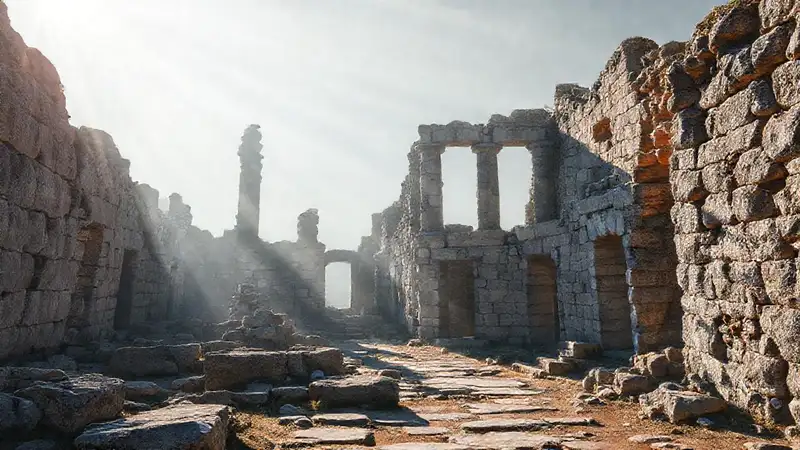
Once a site has been scanned, the resulting 3D model can be used to create a virtual replica. This digital representation provides a permanent record of the site, immune to the destructive forces of time and the actions of humans. Researchers can virtually “walk” through the site, examine the fossils from any angle, and perform detailed analyses without disturbing the original location.
Virtual replicas also facilitate collaboration among researchers located in different parts of the world. Scientists can access and study the same site data remotely, streamlining research and promoting knowledge sharing. Furthermore, these replicas can be integrated into educational resources, allowing the public to experience these amazing locations firsthand, fostering appreciation for paleontological discovery and conservation.
Beyond Documentation – Restoration and Reconstruction
3D scanning technology doesn't stop at simple documentation. The resulting models can be used for restoration and reconstruction. Damaged fossils can be digitally repaired, and fragmented skeletons can be virtually pieced back together, offering a more complete picture of the original specimen. Simulations can also be created to demonstrate how a site might have looked during the dinosaur's time.
This capability is particularly valuable for sites experiencing significant erosion or where fossils have been disturbed. Virtual reconstruction allows paleontologists to explore potential scenarios and test hypotheses about the site's original appearance and the dinosaur’s behavior. The potential for using this technology to create immersive virtual environments for education and public outreach is immense, offering a powerful tool for engaging the public in dinosaur science.
Conclusion
The advent of 3D scanning represents a transformative leap forward in dinosaur conservation. By providing a permanent, highly accurate virtual representation of fossil sites, we can effectively mitigate the threats of erosion and development, ensuring their preservation for future generations. This technology is not merely a recording device; it’s a tool for investigation, restoration, and public engagement.
As 3D scanning technology continues to develop and become more accessible, its role in safeguarding these invaluable sites will only grow. Investing in this technology alongside traditional conservation methods is essential to unlock the secrets of the past and protect the legacy of these magnificent creatures, ensuring their stories continue to be told for years to come. Ultimately, this represents a crucial step in our ongoing commitment to paleontological heritage.
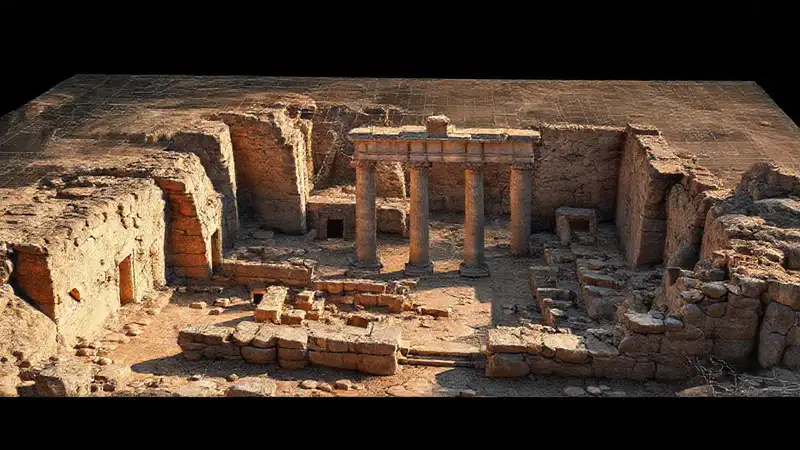
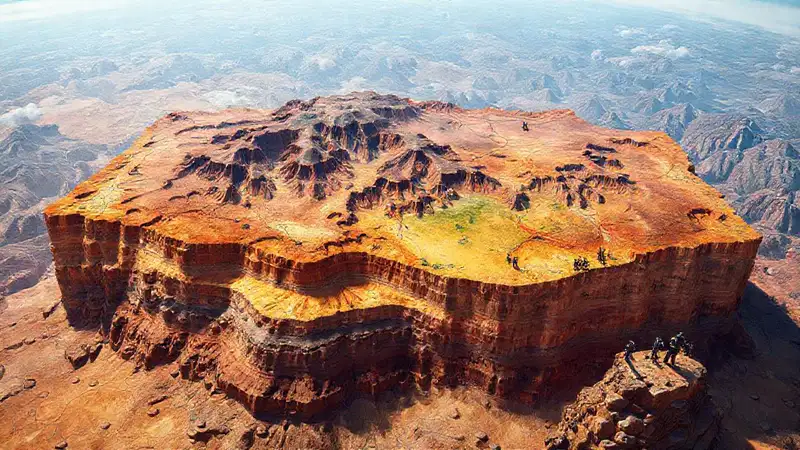
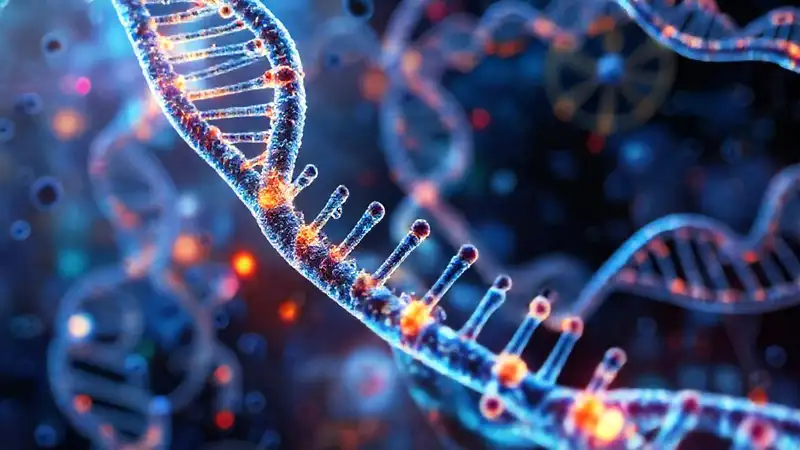
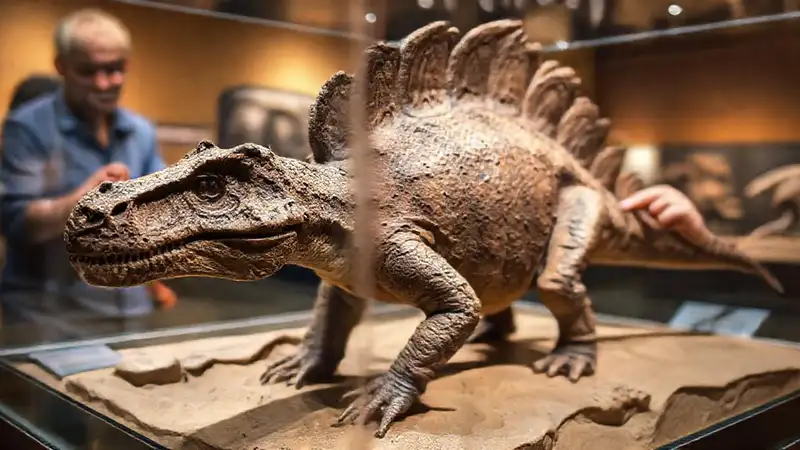
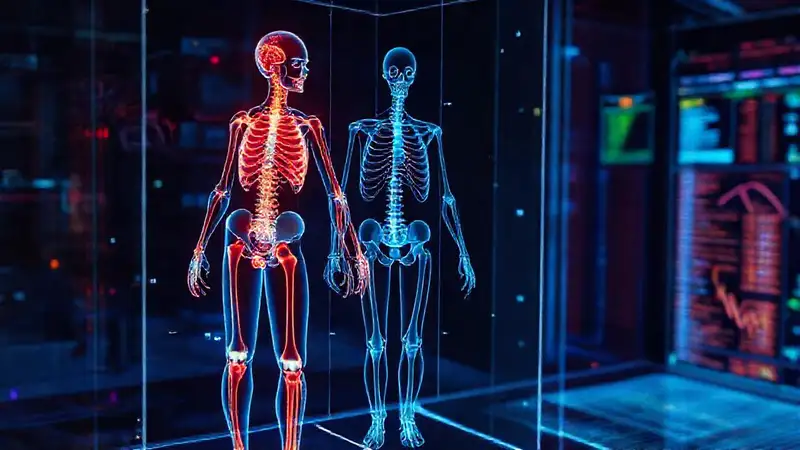
Deja una respuesta